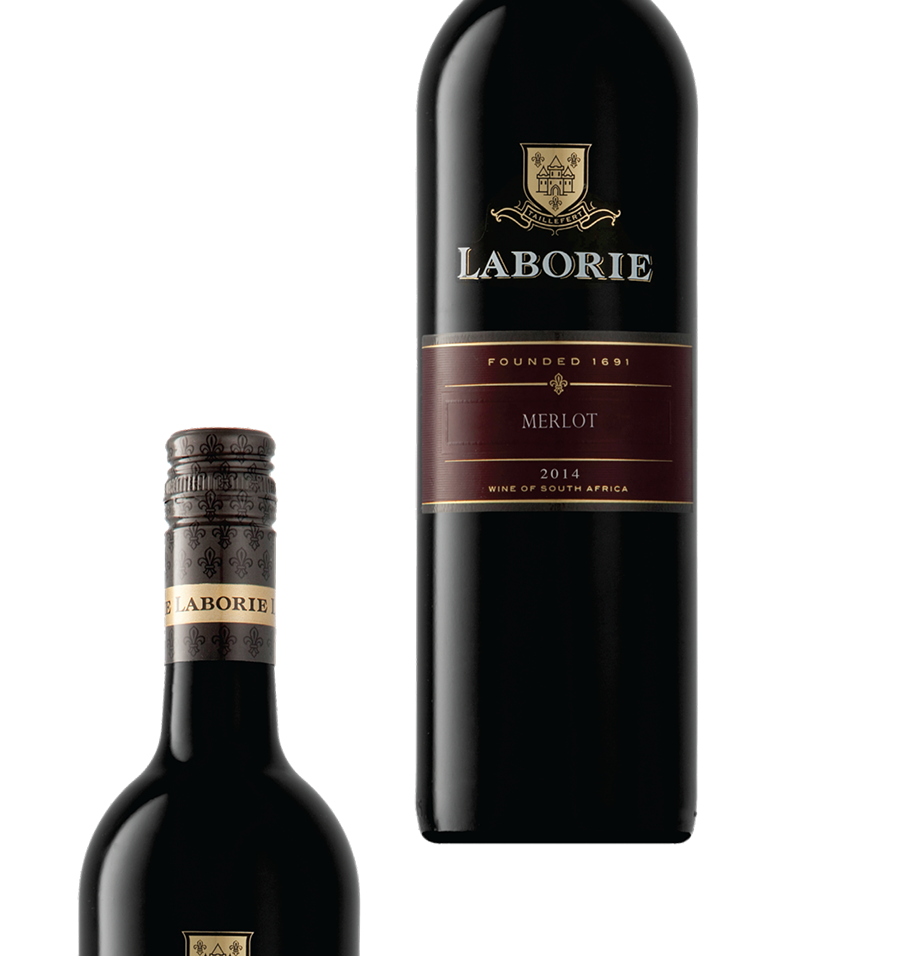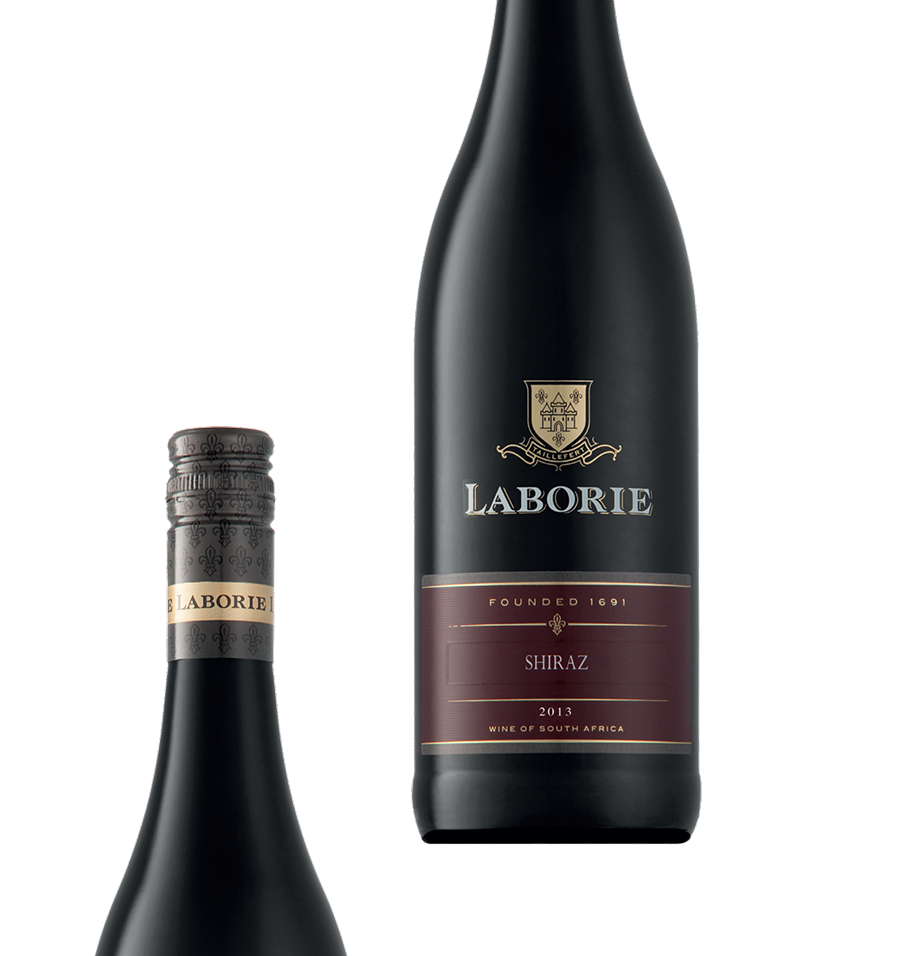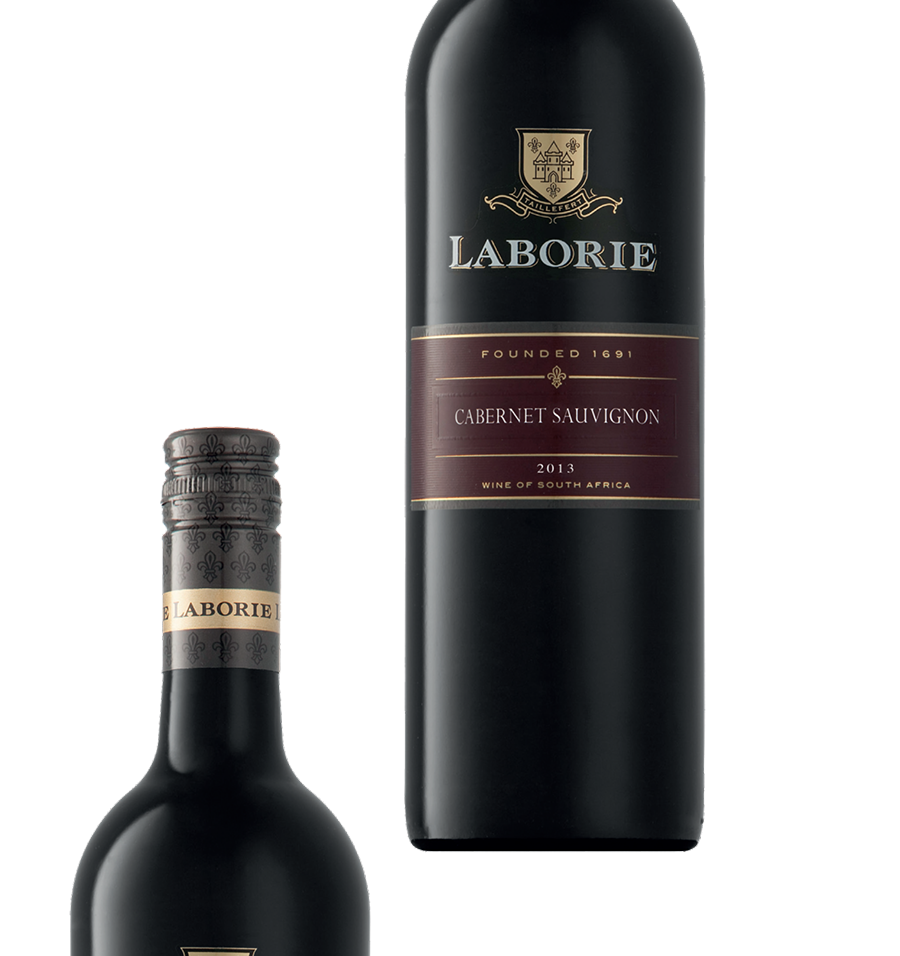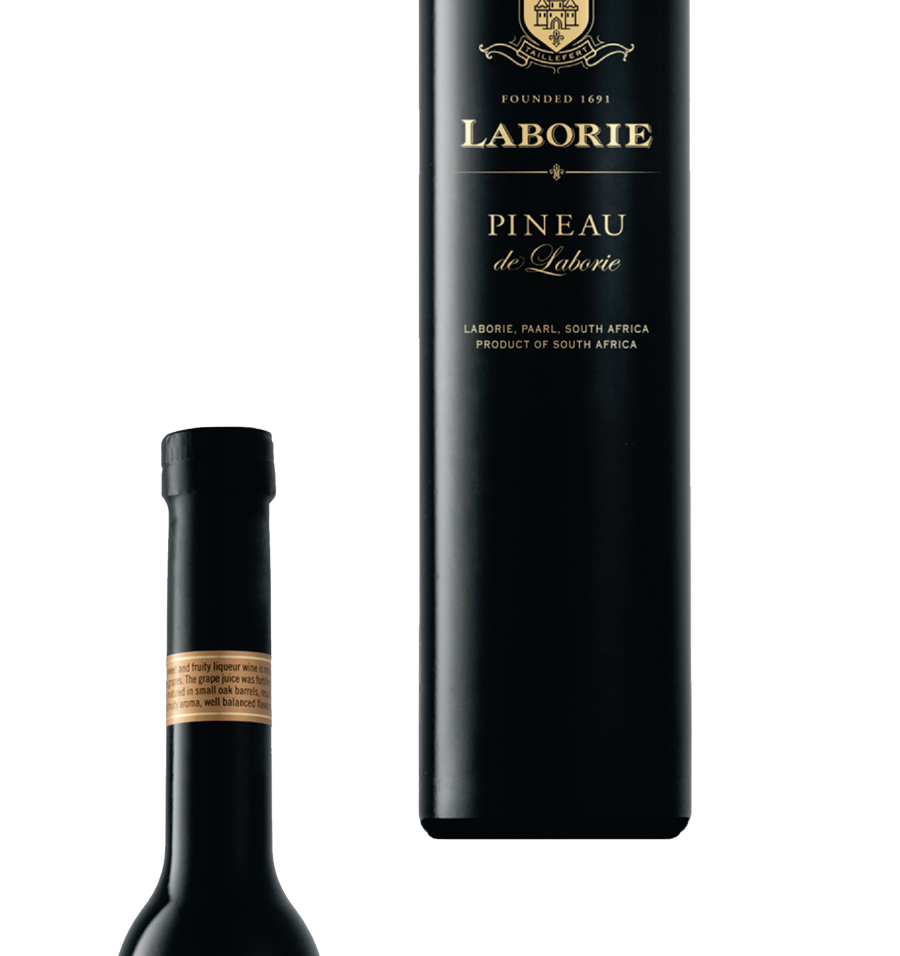LABORIE
CHARDONNAY
Wines of origin – Western Cape.
Vintage conditions:
The winter preceding the vintage was cold and wet, which ensured replenished soil moisture and spring temperatures that were colder than the long-term average. This led to sluggish initial growth and ultimately, late-flowering. The vintage was challenging rain during the growing season and high disease pressure. Cooler early summer conditions led to the harvest commencing late by up to two weeks on early cultivars. Conditions in February were warmer than the longer-term and brought the vintage back on schedule while revealing another product of the rain - a large crop in the coastal regions. Temperatures in March cooled as expected, but rain stalled ripening in late cultivars. Such as Cabernet Sauvignon and Shiraz. Harvest was delayed in some areas until mid-April. Overall, the quality is better and developing well in the cellar.
Wine description:
This elegant Chardonnay has upfront litchi, lemon, and lime aromas, complimented by raw almonds and zesty citrus undertones. The palate is fresh and delicate with a creamy texture and a vibrant, lengthy finish.
Maturation
A 40% portion of the wine was matured for four months in French oak.
Serving suggestion:
This wine can be enjoyed on its own or paired with others, simple salmon preparation, chicken pork, pasta in a creamy sauce, or cheese-based salads.
Cellaring potential:
This wine can be enjoyed immediately or cellared for up to 24 months from vintage.
Wine analysis:
- Alcohol 13.74% v/v
- pH 3.33
- Total acidity 6.1 g/l
- Residual sugar 2.80 g/l

Merlot / Cabernet Sauvignon
Wines of origin – Western Cape.
Vintage conditions:
The winter preceding the winter was characterized by far lower than the average rainfall. This trend continued into the summer, resulting in wine yards showing signs of lower soil moisture by way of the reduced berry size and bunch weight. A cooler ripening season with even temperatures led to steady and measured ripening of the grapes. Overall, the smaller berry size and lower yields promise great concentration, good quality, and intense color in the vintage wines.
Wine description:
This wine is smooth and elegant with upfront aromas of cassis, red berries, and mulberry. The palate is supple and soft with silky structured tannins that flow seamlessly into a fresh and lingering finish.
Maturation
This wine was matured in oak for eight to ten months.
Serving suggestion:
Enjoy this wine on its own, with a variety of roasted meat dishes, barbeques, or pasta with a tomato based sauce.
Cellaring potential:
This wine can be savored now or cellared for up to 2 years from vintage.
Wine analysis:
- Alcohol 13.93% v/v
- pH 3.44
- Total acidity 6.06 g/l
- Residual sugar 3.68 g/l

MERLOT
Wines of origin – Western Cape.
Vintage conditions:
Wine description:
This elegant Merlot has aromas of red cherries, mulberries, Christmas cake and cloves, with earthy nuances. The palate is vibrant and well-rounded with silky tannins and a fragrant, elegant finish.
Maturation
This wine was matured in oak for up to 10 months. .
Serving suggestion:
Enjoy the wine on its own with pasta dishes that have a tomato based sauce, roasted duck or chicken, or grilled steak
Wine analysis:
- Alcohol 14.28% v/v
- pH 3.42
- Total acidity 5.86 g/l
- Residual sugar 3.5 g/l

Shiraz
Wines of origin – Western Cape.
Vintage conditions:
The winter preceding the vintage was characterized by plenty of cold spells and good, saturating rains, which ensured strong, even budding and replenished soil moisture. With the arrival of spring, cool to moderate temperatures reduced vigor and encouraged higher quality in the grapes. Slower, consistent growth persisted through the early summer thanks to dryer conditions, which kept the diseases at bay. The uncharacteristic, supplementary rainfall during mid to late summer raised soil moisture levels and slightly extended the vintage and ripening period. Overall, the season delivered the fruit with concentration, structure, and flavor.
Wine description:
This sensuous, deep purple Shiraz has upfront plum and blackcurrant aromas with hints of black pepper, dark chocolate, and cloves. The palate is complemented by the use of judicious oak and a velvety tannin structure with generous length.
Maturation
This wine was matured in oak for 10 to 12 months.
Serving suggestion:
This wine can be enjoyed on its own or with a variety of red meat dishes and spicy food, as well as tomato-based pasta dishes.
Cellaring potential:
This wine can be savored now or cellared for up to two years from vintage.
Wine analysis:
- Alcohol 14.22% v/v
- pH 3.55
- Total acidity 5.86 g/l
- Residual sugar 4.08 g/l

CABERNET SAUVIGNON
Wines of origin – Western Cape.
Vintage conditions:
The winter preceding the vintage was characterized by plenty of cold spells and good, saturating rains, which ensured strong, even budding and replenished soil moisture. With the arrival of spring, cool to moderate temperatures reduced vigor and encouraged higher quality in the grapes. Slower, consistent growth persisted through the early summer thanks to dryer conditions, which kept the diseases at bay. The uncharacteristic, supplementary rainfall during mid to late summer raised soil moisture levels and slightly extended the vintage and ripening period. Overall, the season delivered the fruit with concentration, structure, and flavor.
Wine description:
This Cabernet Sauvignon is round and rich, offering aromas of blackcurrant, wild berries, and black olives on the nose with hints of tobacco leaf, feather, and almonds. The palate is generous and juicy in texture, with a delicate tannin structure and seamless finish.
Maturation
This wine was matured for 10 to 12 months in mostly second and third fill barrels.
Serving suggestion:
Enjoy this wine on its own or with grilled meat, game, or any other flavorsome red meat dishes.
Cellaring potential:
Enjoy this wine now or cellar for up to three years.
Wine analysis:
- Alcohol 14.16% v/v
- pH 3.58
- Total acidity 5.96 g/l
- Residual sugar 4.2 g/l

PINEAU DE LABORIE
Wines of origin – Western Cape.
Vintage conditions:
The winter preceding the vintage was characterized by plenty of cold spells and good, saturating rains, which ensured strong, even budding and replenished soil moisture. With the arrival of spring, cool to moderate temperatures reduced vigor and encouraged higher quality in the grapes. Slower, consistent growth persisted through the early summer thanks to dryer conditions, which kept the diseases at bay. The uncharacteristic, supplementary rainfall during mid to late summer raised soil moisture levels and slightly extended the vintage and ripening period. Overall, the season delivered the fruit with concentration, structure, and flavor.
Wine description:
This magnificent fortified wine displays fresh mulberries and cherry with subtle nuances of sweet spice and stewed plums. Flavors of marzipan and almonds on the palate are perfectly integrated with the creamy, velvety palate.
WINEMAKING:
Pinotage grapes were harvested at 26.8 bailings. The juice was fermented down to 16 bailings. At this point, the wine was fortified with Pinotage grape distillate.
Maturation:
None
Serving suggestion:
Savour this wine on its own, with desserts or as an after-dinner drink. It is best when served slightly chilled.
Wine analysis:
- Alcohol 17.78% v/v
- pH 3.71
- Total acidity 5.28 g/l
- Residual sugar 98.86 g/l

